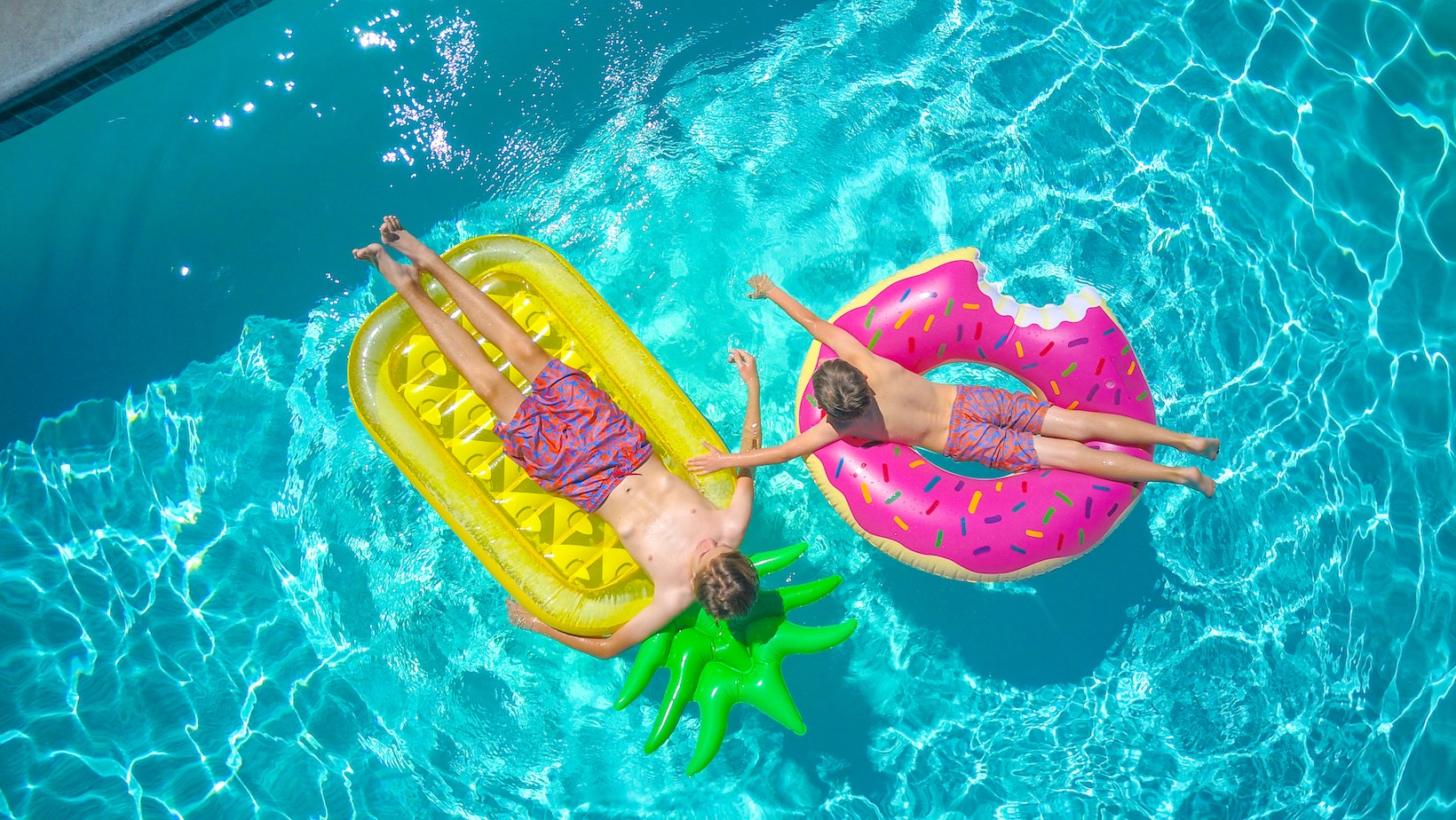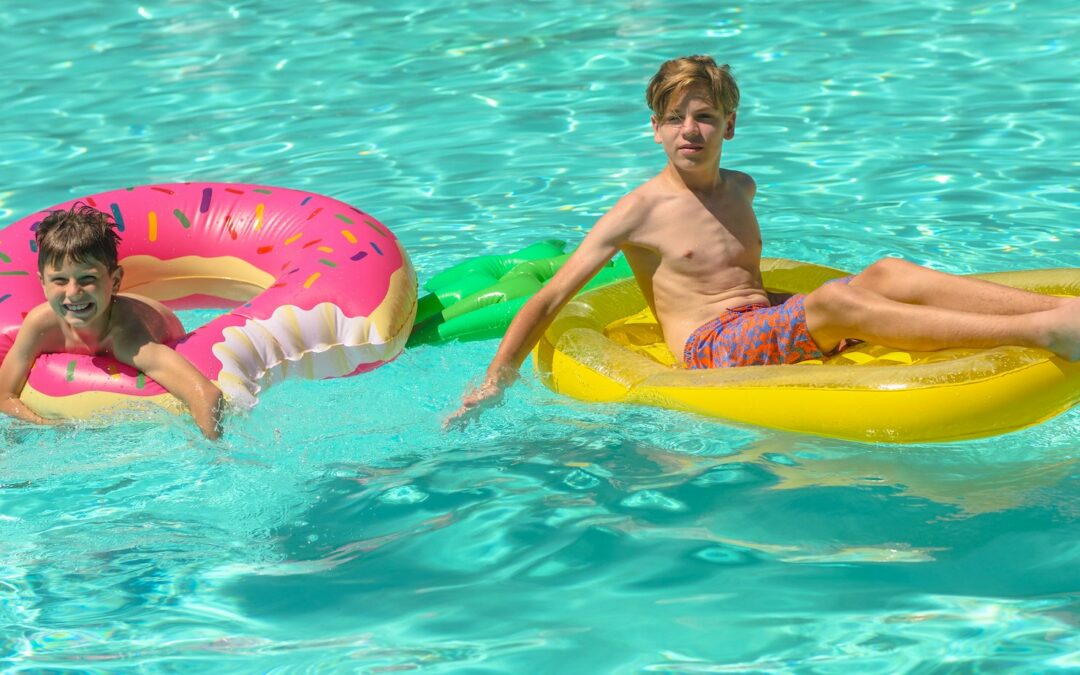When it comes to ensuring the safety of toddlers in the water, choosing the best floaties is crucial. As a parent or caretaker, you want to provide your little ones with reliable and effective flotation devices that allow them to enjoy their time in the water while staying safe. In this article, I’ll be exploring some of the top options for floaties specifically designed for toddlers.
Best Floaties for Toddlers
When it comes to selecting the best floaties for toddlers, one crucial safety feature to consider is adjustable straps. These straps play a vital role in ensuring a secure fit on your little one’s arms or torso. The ability to adjust the straps allows you to customize the size and tightness, providing a snug and comfortable fit that minimizes the risk of accidental slipping or dislodging.
Adjustable straps also offer flexibility as your child grows. Toddlers tend to have different body shapes and sizes, so having this feature ensures that the floaties can be adjusted accordingly, accommodating their changing needs over time. This adaptability not only enhances safety but also extends the usability of the floaties.
Built-in Safety Buckles for Easy On and Off
Another essential safety feature found in some of the best floaties for toddlers is built-in safety buckles. These buckles are designed to provide easy on and off functionality while ensuring a secure and reliable fastening mechanism.
With built-in safety buckles, you can easily put on or remove the floaties without any hassle. This convenience is especially beneficial when dealing with excited toddlers who may not have much patience during water activities. By simplifying the process, these buckles make it easier for parents or guardians to ensure that their child’s floaties are properly worn before entering the water.

Durable Material for Long-lasting Use
Durability is an important factor when considering floaties for toddlers since they will be exposed to water, sun, and various elements during use. Opting for floaties made from high-quality materials ensures long-lasting performance and helps maintain their effectiveness as a safety device.
Look out for sturdy materials such as reinforced PVC or thick vinyl that can withstand wear and tear associated with regular use by active little ones. Additionally, durable material provides resistance against punctures or leaks, minimizing the risk of sudden deflation while your child is wearing the floaties.
Investing in floaties with durable material not only ensures safety but also offers great value for money. You can have peace of mind knowing that the floaties will withstand multiple seasons or even be passed down to younger siblings, providing extended use and enjoyment.
Comfort and Fit
In this section, I’ll guide you through the key factors to consider when selecting floaties for toddlers: comfort and fit.
Comfort plays a crucial role in determining whether your little one will enjoy wearing their floaties or not. Look for floaties made from soft, durable materials that won’t irritate their delicate skin. Adjustable straps or closures allow for a customized fit, ensuring maximum comfort while keeping them securely in place.
Fit is equally important as it directly affects the effectiveness of the floaties. A proper fit ensures that the buoyancy devices stay in position without slipping off or restricting movement. When choosing floaties, consider these tips:
- Check weight and age recommendations: Floaties are designed with specific weight ranges and age limits in mind. Ensure you choose ones suitable for your toddler’s size and developmental stage.
- Evaluate buoyancy levels: Different types of floaties offer varying levels of buoyancy. Some provide full arm support, while others have additional chest support or inner tubes around the waist area. Consider your child’s swimming ability and confidence level when deciding on the amount of buoyancy required.
- Assess ease of use: Opt for floaties with easy-to-use fastenings or closures that allow quick on/off access without compromising security.
Remember, no matter which type of floatie you choose, they should never replace constant adult supervision while near water! Floatation devices are meant to assist but not substitute responsible caregiving.
By considering factors such as comfort and fit when choosing the best floaties for toddlers, you can ensure an enjoyable and safe water experience for your little one. So, take your time to research and compare different options before making a decision that suits your child’s needs best.
Jessica has a flair for writing engaging blogs and articles. She enjoys reading and learning new things which enables her to write different topics and fields with ease. She also strives to break down complex concepts and make them easy for anybody to comprehend.





